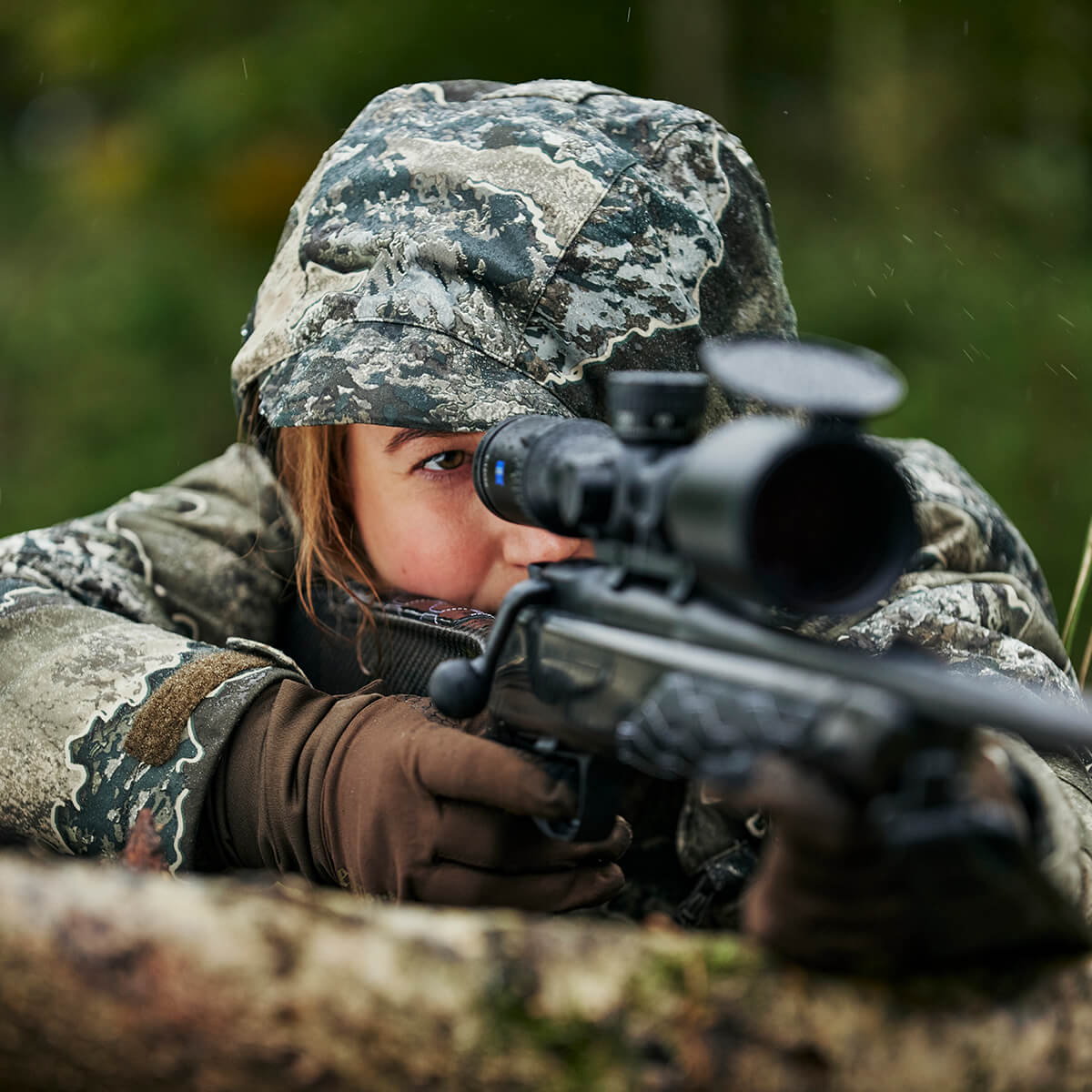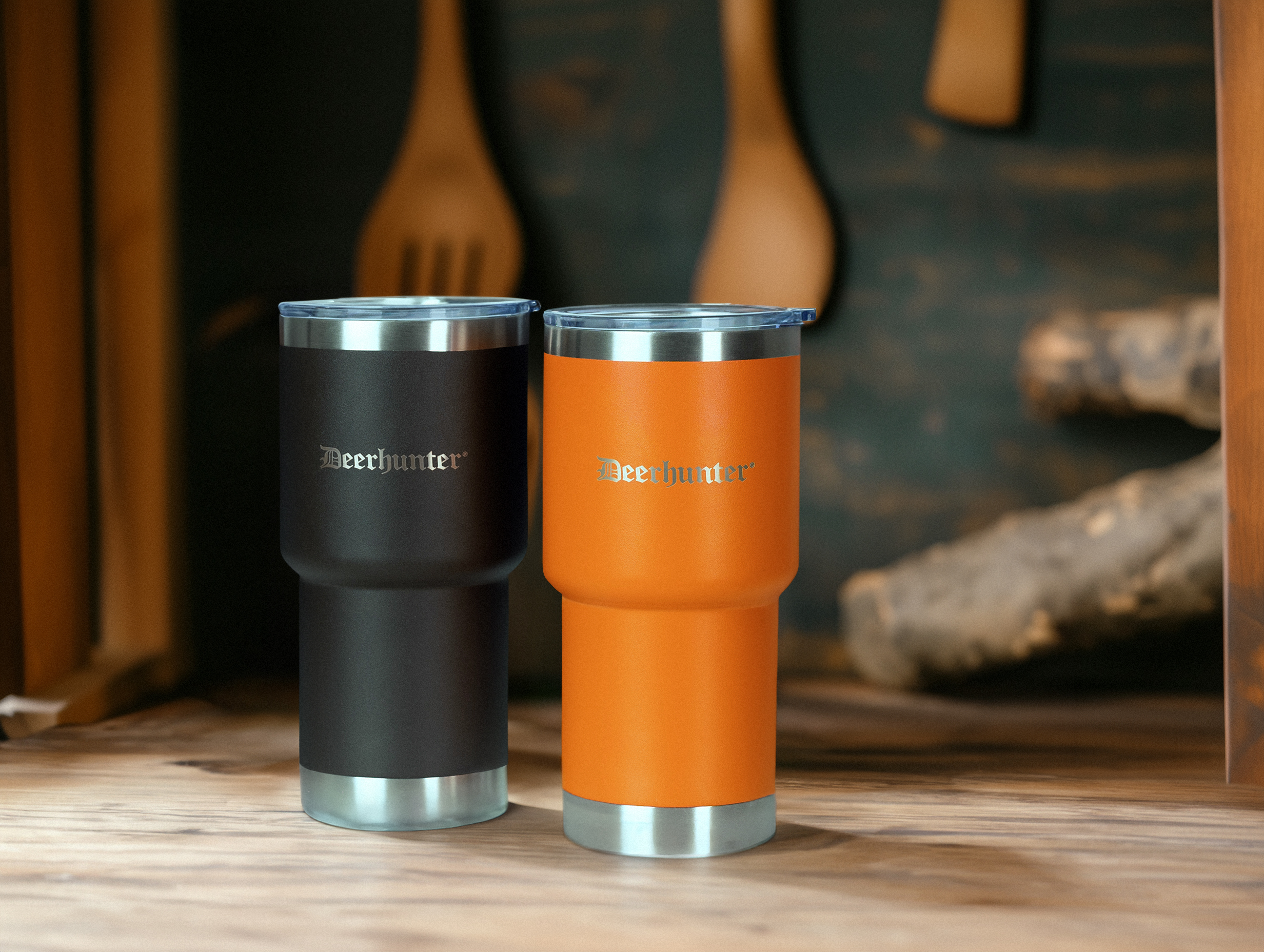
Disclaimer
This article may contain rules that do not apply to your country. Please check which rules applies to your country.
DRIVEN HUNT FOR HARES
Hare walking is a form of hunting where hunters walk across a field in a line to hunt for hares. It can be done in cultivated and stubble fields, grassland and meadows. In a wheel drive hunt, hunters form a perimeter around the field and walk towards each other at the same time, so that they eventually meet in the middle. Safety is very important for this kind of hunting. Hunters therefore only shoot backwards – i.e. outside the ring. This form of hunting ensures that the hare does not get too far away, as it can do during a normal hare walk.

Challenges of hare walking
Hare walking often takes place on ploughed fields, so these are hard kilometres to walk on that kind of terrain. Hare walking often covers large areas, which demands high quality moisture-wicking clothing. Hare walking and wheel drive hunting often take place in the context of normal rough shooting, during which other species are also bagged. The hare is a heavy quarry to carry far, and this form of hunting is therefore for the endurance hunter who does not mind a bit of exercise.

Hunting stories from a hunter
Female hares are called ‘jills’ and males are called ‘jacks’. In Denmark, a well-nourished hare is called a ‘lunch hare’, while a lean, bony hare is called a ‘parson’s hare’ – that was the hare they gave the parson as a tithe, keeping the good one for themselves! The hare was also surrounded by superstition in the old days, like many other animal species. For example, it was thought that if a pregnant woman saw a hare, the child could end up with a harelip.

A mythical creature with many names
If you were unfortunate enough to come across a witch who had taken on the form of a hare (this was not unusual back then!), you could only escape the sorcery by shooting it with a silver bullet – or if it was a muzzle loader – a silver button which you put down the barrel. Poor hare! People have always formed notions about animals that seemed to have special abilities. Hares can run at up to eighty kilometres per hour, and continue their flight for a long time after being shot. The hare is a cautious creature. It flattens down among the stubble and holds its ears close along its sides, so the hunter cannot see it. During a hare walk you often catch a glimpse of a hare fleeing out the back.
Stopping up
It is important that a hunting dog learns not to chase hares. I had a young dog that would chase a hare in its youthful flippancy. The dog ran as far as I could see, and only came back 15 minutes later. My fellow hunters and I waited the time out, giving us an opportunity to catch our breath. When the dog eventually returned, we started walking again. However, we only managed to take a few steps before another hare took flight. The dog ran again, but stopped after just a few meters and looked at the hare as if it was thinking, “no, it’s pointless!" We were then able to hunt together without long excursions. From that day on, the dog only chased hares a very short distance – just enough to ‘see them on their way’, so to speak, but no more than that. It was a wise dog. If you are fortunate enough to have well-kept terrain for hares, it makes for a great hunt, and it is a good idea to stop regularly as you walk through the field. If you walk at a set pace with no pauses, the hare will flatten itself until you have passed, but if you stop, it becomes insecure and will sneak away. Keep an eye on small rises in the field! Hares love to lie there with a good view of the surroundings, making it easy to watch for any danger. Lovely sunshine and calm weather are good on such a day, so that you can hear the sound of a fleeing hare in the dry, rattling stubble.

Find your Deerhunter clothing here
BUY NOWREAD ABOUT OTHER TYPES OF HUNTING



















